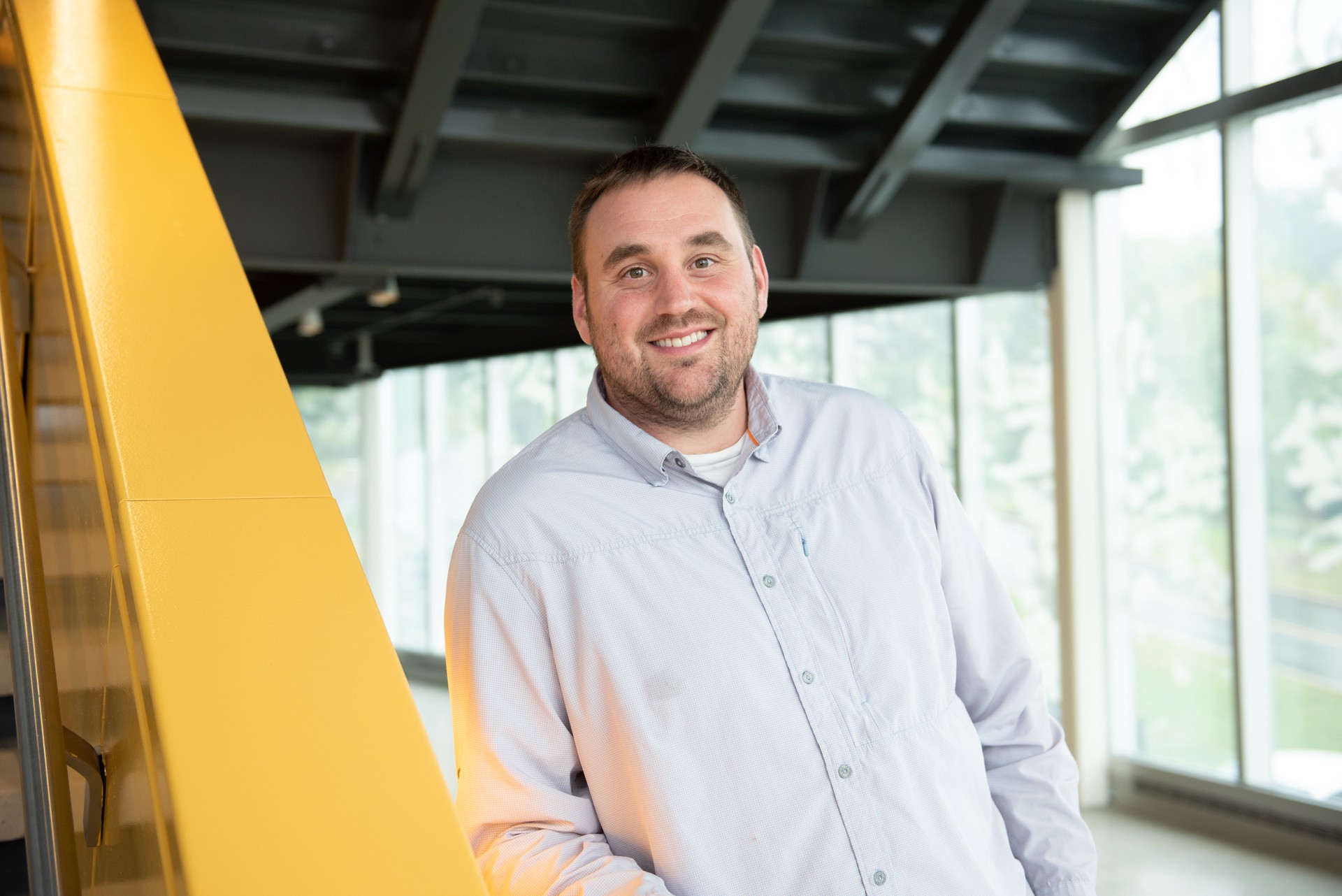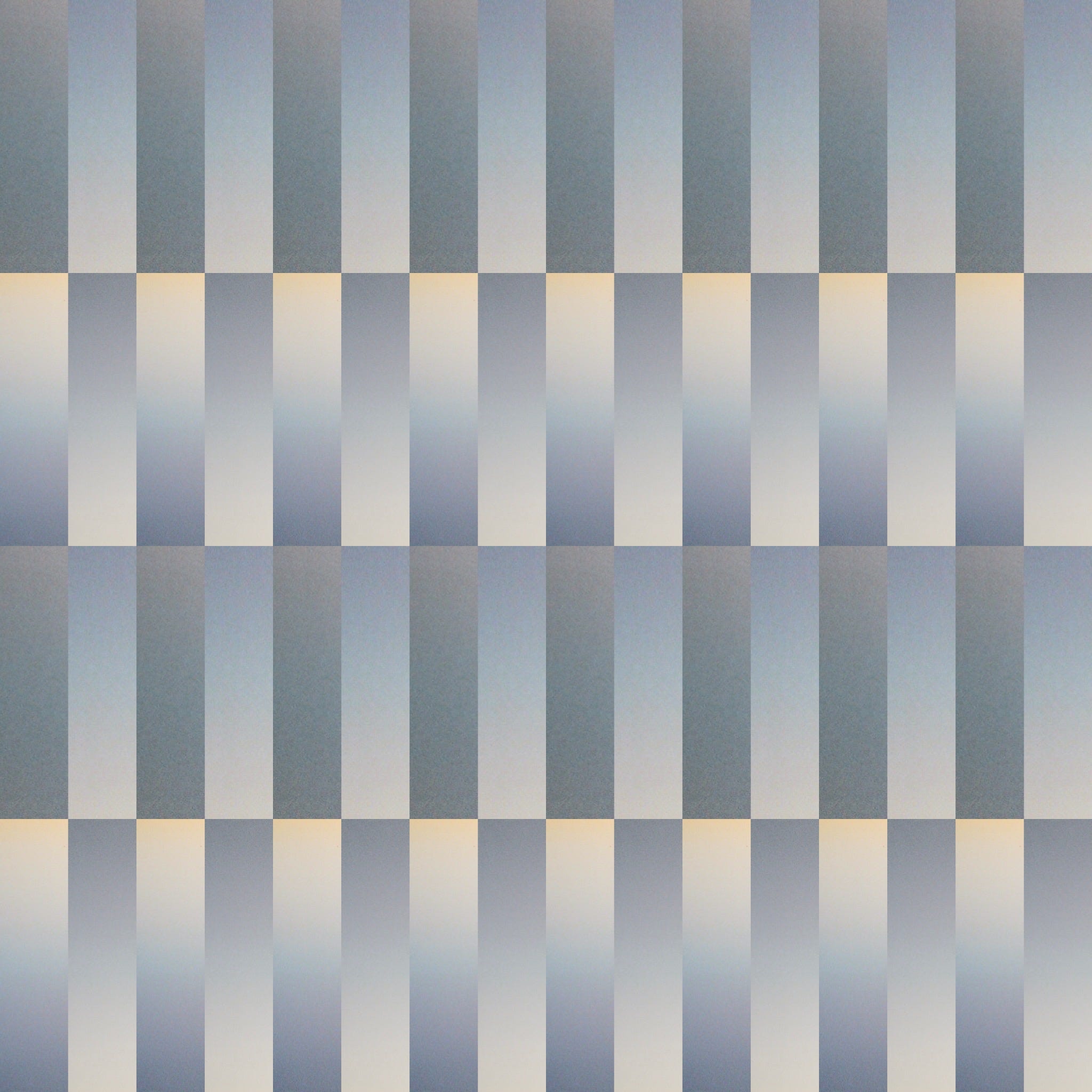This tutorial shows two ways to accomplish skeletal editing reactions in the RDKit: By using Reaction SMARTS or atom editing. As my collaborator Dr. Phyo Phyo Zin posted in How to Use Skeletal Editing in Drug Discovery: Key Benefits &
Rogue Scholar Beiträge
If you are reading this blog on our website, you may have noticed that alongside each post we now list a Crossref DOI link, which was not the case a few months ago (though we have retroactively added DOIs to all older posts too). You can find the persistent link

My colleague Jim Schombert pointed out a nifty new result published in Nature Astronomy which you probably can’t access so here is a link to what looks to be the preliminary version. The authors use the Deep Synoptic Array (DSA) to discover some new Fast Radio Bursts (FRBs), many of which are apparently in galaxies … Continue reading The baryons are mostly in the intergalactic medium. Mostly.

Peter Carruthers reviews Concepts at the Interface, by Nicholas Shea
por Kenia Aubry No hay más ciego y sordo que quien ignora a la literatura. Los horrorismos hallados en los objetos personales, en las huellas de la tortura y la muerte en el rancho Izaguirre, en Teuchitlán, Jalisco, en México, avivan el dolor de la pérdida de cientos de familias mexicanas y, posiblemente, centroamericanas.

We’re thrilled to share that Anton Boudreau Ninkov, Research Associate at the ScholCommLab, has been elected President of the Canadian […]
Im Jahr 2024 unterstützte der Publikationsfonds des Landes Brandenburg Open-Access-Publikationen von Wissenschaftler*innen aus verschiedenen Fachbereichen. Diese Titel repräsentieren eine breite Palette von Disziplinen und sind Zeugnis der vielfältigen Forschungslandschaft des Landes. In den letzten Wochen haben wir Ihnen einige dieser Veröffentlichungen in unserem Blog nähergebracht.

This is part 4 of a series on uv. Other posts in this series: uv, part 1: running scripts and tools uv, part 2: building and publishing packages uv, part 3: Python in R with reticulate I’ve never been a big fan of notebooks, and I’m not the only one. Out of order code execution, hidden state, difficulty diffing in version control, output bloat, etc.
Das Open-Access-Büro Berlin hat sich im Jahr 2025 umbenannt: Es heißt nun Open Research Office Berlin – Landeskoordinierungsstelle für offene Wissenschaft in Berlin . Das heißt natürlich nicht, dass wir aufhören, im Blog über unsere Aktivitäten zu informieren. Aber wir tun das jetzt woanders, sind quasi ein Häuschen weitergezogen.
code{white-space: pre-wrap;} span.smallcaps{font-variant: small-caps;} div.columns{display: flex; gap: min(4vw, 1.5em);} div.column{flex: auto; overflow-x: auto;} div.hanging-indent{margin-left: 1.5em; text-indent: -1.5em;} ul.task-list{list-style: none;} ul.task-list li input[type="checkbox"] { width: 0.8em; margin: 0 0.8em 0.2em -1em; vertical-align: middle; } pre > code.sourceCode { white-space: pre; position: relative; } pre >

Collection #27